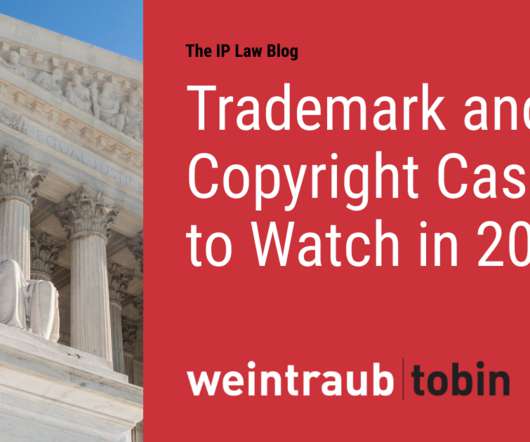Role of Intellectual Property in Entertainment Industry
IIPRD
FEBRUARY 6, 2024
Copy Right Law in the Entertainment Industry The cornerstone of intellectual property protection in the entertainment sector is copyright law. It gives authors and artists the sole ownership rights to their original writings, music, films, and artwork.













Let's personalize your content